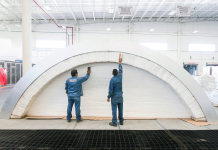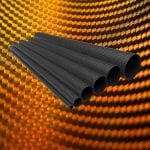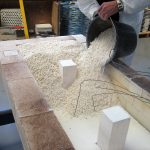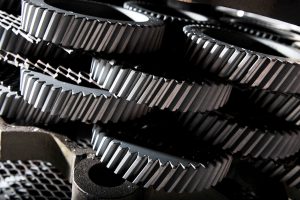In a recent paper by Janusz Kowalewski of Ipsen at the 3rd International Conference on Heat Treatment and Surface Engineering in Automotive Applications held in Prague, May 11-13, 2016, several global trends in heat treatment were identified. One trend is that the demand for heat treatment, services, and equipment is growing at a faster rate (2-4 percent) than the global economy (0.5-1.5 percent). Another important trend is the “graying” of the heat treating industry. If you attend any of the heat treating conferences in the United States or abroad, you’ll notice the lack of younger people in the heat treating industry. These two trends portend both opportunities and challenges for the heat treating industry.
At the present time, there are seven schools in the U.S. that offer a degree in metallurgy or metallurgical engineering (see Table 1). The vast number of academic programs related in some manner to heat treating or metallurgy in the U.S. are materials science or materials engineering programs.
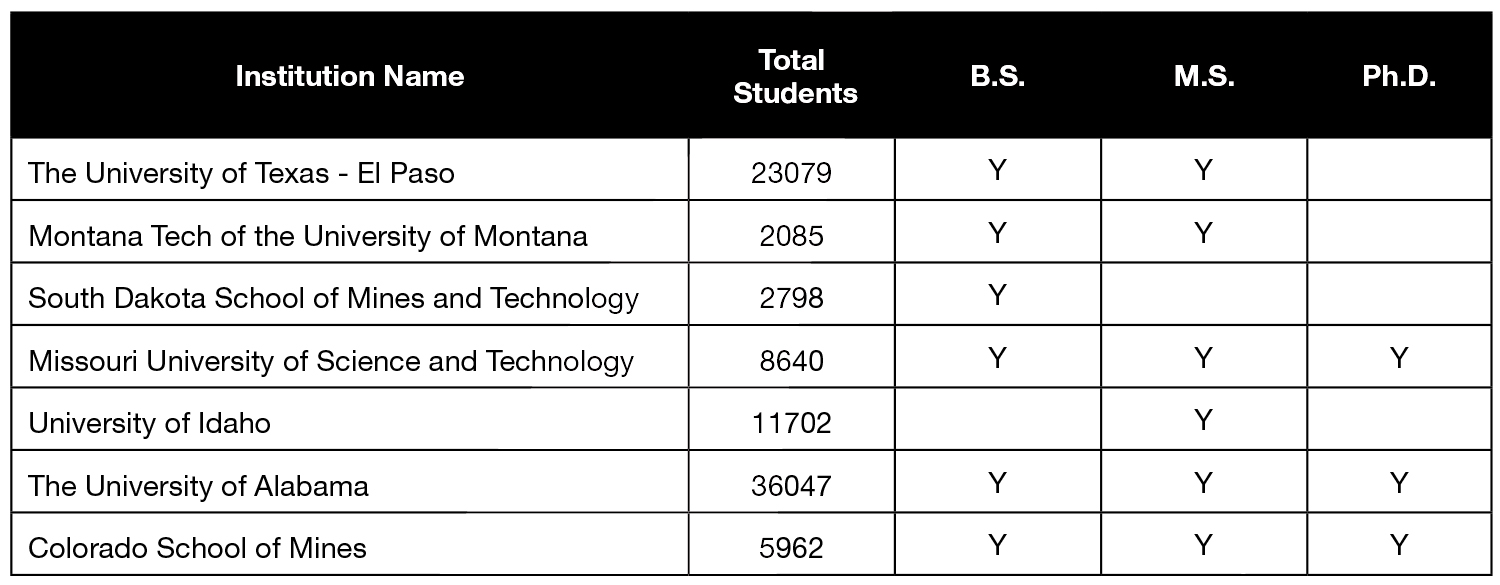
At the Center for Heat Treating Excellence at Worcester Polytechnic Institute, the heat treating program is part of the mechanical engineering or materials science program. This is a rare program that trains young engineers in carburizing, nitriding, and other heat treating facets. The focus of the course curriculum of most materials science programs is on all facets of materials engineering, such as ceramics, plastics, metals, nano-technology, and biomaterials. The understanding of microstructure and the critical field of heat treating is diluted by other materials. As the department head of a Big 10 university said, “Students may be exposed to martensite in one lecture during their entire four years in materials science.” Also in discussing this topic, a professor at the University of Missouri – Rolla (now the Missouri University of Science and Technology) said, “A company searching for a candidate for heat treating should hire a mechanical engineer. They have at least been exposed to heat treating.”
This change from metallurgy and metallurgical engineering to materials science occurred in the early 1980s, with many universities such as The Ohio State University and other land-grant schools dropping their metallurgy programs and transitioned to materials science.
As vital as heat treatment is to the performance of so many things, many of the engineering schools should focus more on metallurgy and heat treating.
For a good example, IWT in Bremen, Germany, focuses on materials manufacturing, with a large program in heat treating and surface engineering. Its laboratory has full-scale industrial integral quench furnaces, vacuum carburizers, and support equipment, as well as fully equipped metallurgical laboratories. It has created a strong distortion engineering curriculum focused on reducing distortion and residual stress in heat-treated and manufactured parts. There is a conference series on distortion engineering, now the IFHTSE (International Federation of Heat Treating and Surface Engineering) Quenching and Distortion Engineering Conference, presented every three to five years. The next conference will be in Japan in 2018.
There are other bright spots. The IFHTSE/Linde Tom Bell Young Author award, sponsored by Linde, is designed to promote young talent and give budding engineers an opportunity to present the young author’s contribution to the advancement of heat treatment and surface engineering. This award has been given at the IFHTSE Congress annually since 2001.
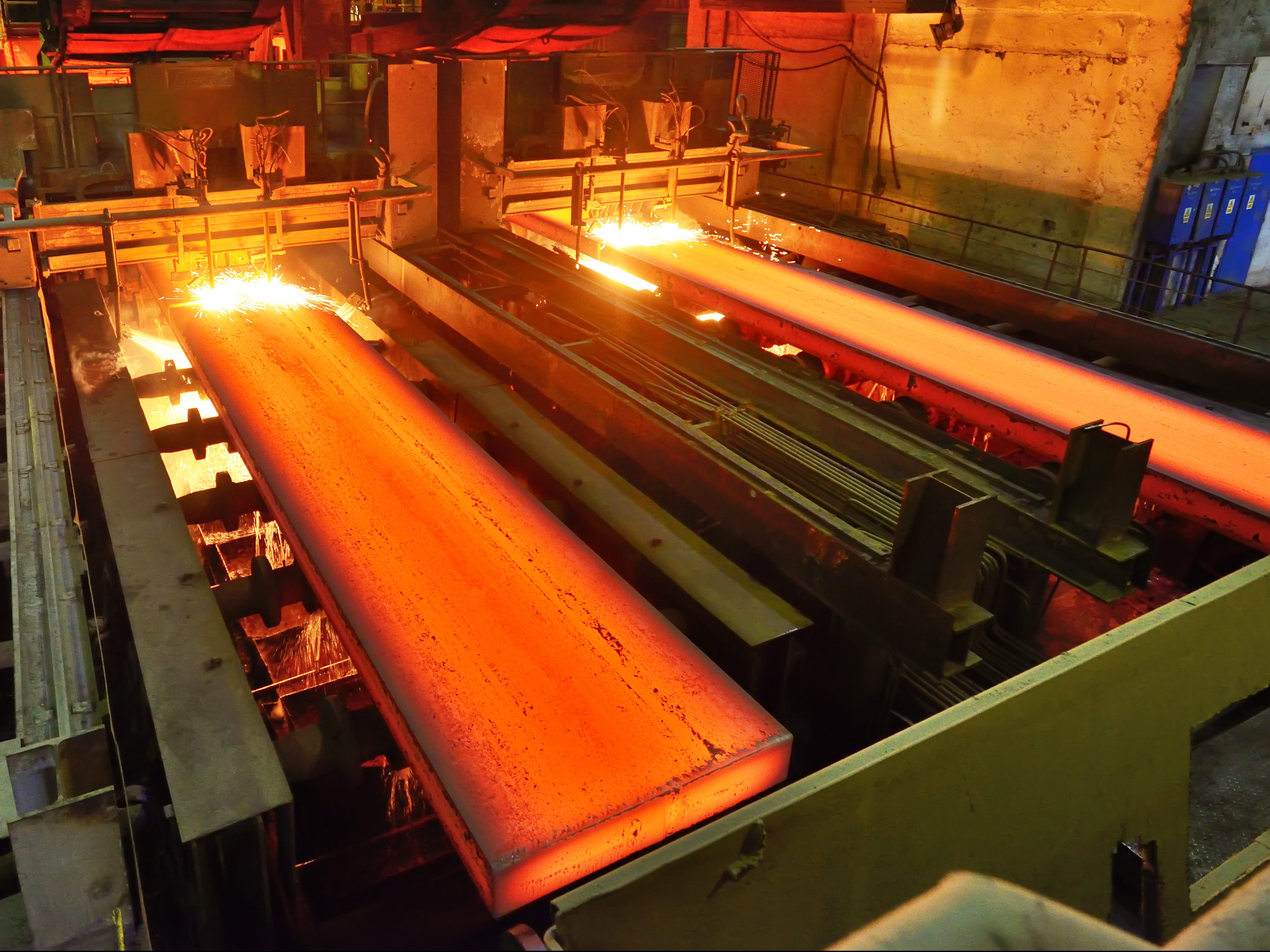 One of the main challenges in heat treating and metallurgical education is the dependence of universities on funding of research, and the government is the primary source for research funding. However, there is limited funding for heat treating from the government, so universities focus on what is being funded, such as nano-technology, friction stir welding, or additive manufacturing. While these are all important long-term technologies, they neglect the critical infrastructure of heat treating.
One of the main challenges in heat treating and metallurgical education is the dependence of universities on funding of research, and the government is the primary source for research funding. However, there is limited funding for heat treating from the government, so universities focus on what is being funded, such as nano-technology, friction stir welding, or additive manufacturing. While these are all important long-term technologies, they neglect the critical infrastructure of heat treating.
Corporate funding of research is small and focused on short-term goals. However, one excellent example of corporate research applied to universities is with the Center for Heat Treating Excellence, where the predominance of funding is from industry partners.
Another challenge is cost. In the effort to reduce costs, corporate research has been drastically curtailed. In addition, reductions in labor costs have forced many operations with strong heat treatment content to rely on maintenance staff, rather than engineering staff, to make equipment and quenchant decisions. Where there were once several metallurgists at an operation, there is now one, who oversees operation across many facilities or countries.
Lastly, the heat treating industry needs to improve on the effort of selling the business of heat treating. There are materials science camps to explore materials science and engineering principles. And there is an interest in metallurgy and heat treatment that can be witnessed by the popularity of the History Channel’s “Forged in Fire” program where blacksmiths compete to produce the perfect blade. Heat treating is a critical part of the blade creation. The industry needs to sell the fascination of taking a part that would fail if not heat-treated, and by applying temperature and time, the component is made stronger to perform its designed task.
Without heat treatment, many of the things we take for granted, such as landing gear, airplane wings, and transmission gear trains would fail catastrophically. Those in the industry need to sell the science — the use of computational metallurgy, computational fluid dynamics, heat transfer, metallurgy, and microstructure — in order to have a vibrant heat treating industry in the future.










